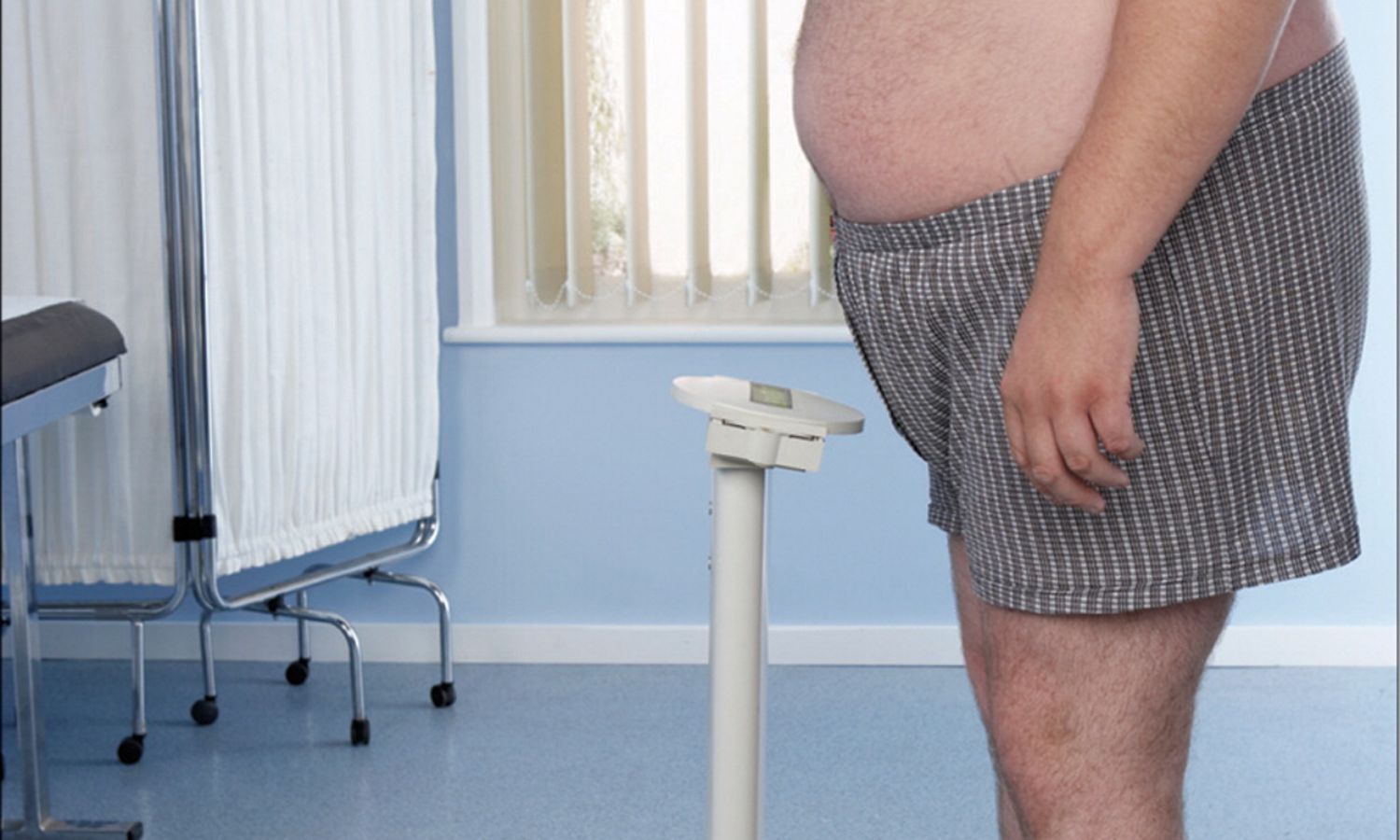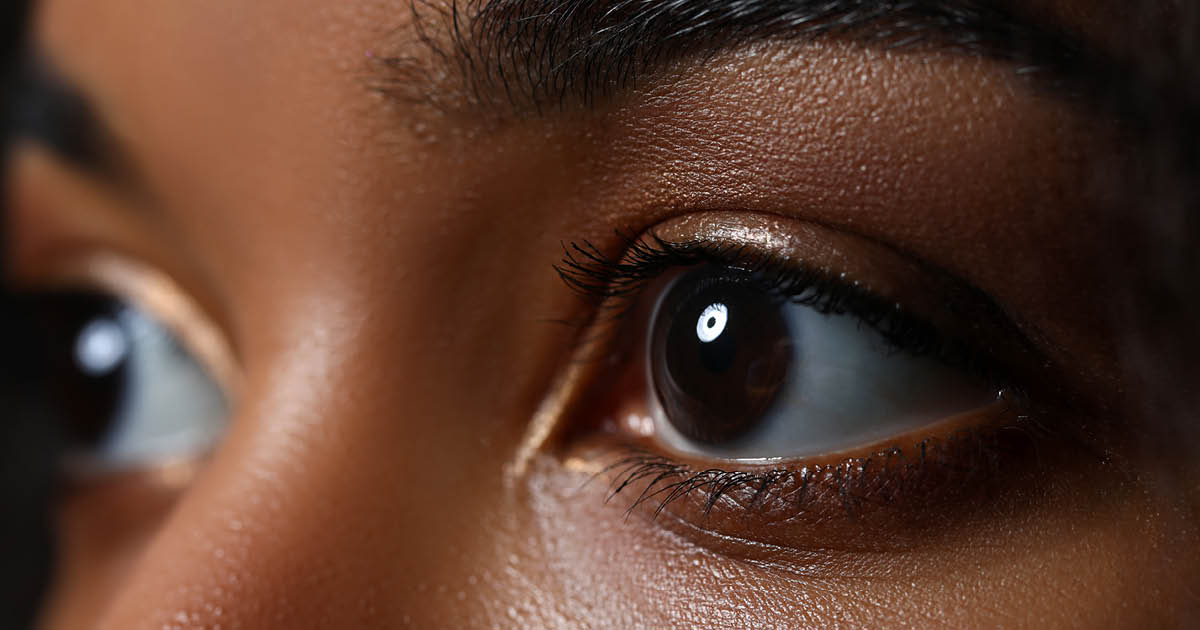Soon, rather than crowding around a video display to memorize an instructor’s surgical demonstration, medical students could be slipping on a pair of Augmented Reality spectacles that show exactly where to place a finger to make that stitch.
Traditional methods like lectures, apprenticeships, and cadaveric dissection will always be a crucial element of training, but with the addition of new technologies such as artificial intelligence and augmented reality tools, surgical training outcomes are set to be transformed. Offering dynamic, immersive simulations, AR and mixed reality (MR) based education is proving to outperform mannequins and conventional models of simulation[1]. This advanced tech allows for unlimited repetition and precise honing of surgical skills in a risk-free environment. The integration of haptic feedback and increasingly sophisticated models through MR and Extended Reality (XR) is taking surgical training to the next level.
You might be thinking this all sounds a bit too good to be true. After all, purchasing R/MR technology for your department can be a significant commitment in terms of time and money. Do the training oresultsjustify the hype? Are MR and AR-based tools a fad, or are they worth investing in? We’ve collected the most up-to-date information on AR and MR and surgical training outcomes to get you started.
What exactly is augmented reality in the context of surgical training?
Augmented reality is an enhanced mode of simulation where digital elements are incorporated into the physical environment. It also allows for haptic interactions while users maintain a view of their physical surroundings. [2] Mixed reality or MR involves real-time interplays between the physical and digital worlds. In many texts MR and AR are used interchangeably because of the many overlapping features of these two technologies.
So what does it mean? In short, it’s like Virtual Reality mixed with real life. Useful information, such as feedback, movements, simulated tools, organs, maps or even instructions, can play out in front of your eyes, overlaid on your view of the real operating table. Surgical trainees are operating in digital operating theatres, where instructors and other students can patch in and watch while providing instantaneous assistance. Surgical learners can effectively use AR to master their skills and improve surgical outcomes by practising in simulated environments integrated into real-life clinical settings.
So how do you use it?
Build precision simulations
Augmented Reality creates lifelike surgical simulations, immersing trainees in settings that closely mirror the real world. Learners gain insight into anatomical structures and the critical steps of surgery. With AR, surgeons can visualize the anatomical details of a patient’s body in three dimensions. This builds mastery of anatomy because 3D projections serve as excellent memory aids. Surgical students receive real-time feedback and can develop their surgical skills effectively by applying theoretical knowledge in simulated environments.
Improve Patient Safety
Schools are using augmented reality surgical training models to give learners opportunities to perfect their skills without risking patient safety. While traditionally learners had to perform their first surgeries on live patients, simulations now provide this experience long before trainee surgeons begin operating real patients. Training simulations can be modified to include atypical anatomical variations. Students have the opportunity to repeat procedures over and over, building confidence and reducing anxiety when performing surgeries.
Provide Real-Time Assistance and Intraoperative Guidance
Learners can receive real-time guidance and assistance from their mentors. Instructors can use AR to connect and share visuals of the operating field, offering corrections and advice on necessary adjustments.
What’s more, details such as vital signs, radiological images, and anatomical landmarks are overlaid on the surgical field, improving the precision of the surgeon’s approach during procedures.
Integrated feedback systems, such as force sensors and performance monitors, measure incision accuracy or knot security, providing trainees with valuable simultaneous assessment.
Escape Office Hours
Traditionally, medicine is taught in lecture halls, dissection rooms, operating rooms, and laboratories. However, with AR, trainees can carry their classroom anywhere. Head-mounted displays, for example, are commonly used for simulation and can be transported easily, allowing students to learn from any location. This experiential learning is undoubtedly more engaging, and this preference has been supported by studies showing that learners favour simulation training.
Does Augmented Reality improve surgical training outcomes?
Several devices are leading the way in AR/MR surgical training, including the Microsoft HoloLens, Google Glass, Magic Leap, and software platforms like the ProMis AR Simulator and ImmersiveTouch. [2] With rapidly improving technology and increasingly affordable kits, more medical training centres are incorporating AR into their training. Let’s take a look at how teaching staff and studentsare reporting their experiences.
Are there objective measures of improvement? Are there improvements? It seems so. A review of the literature shows that research centres have announced positive outcomes across various surgical specialities:
General Surgery
Simulations
In one study, surgical trainees using the Microsoft HoloLens with a virtual reality laparoscopic surgical simulator demonstrated improved economy of movement, lower error rates, and overall enhanced user performance. In this study the authors used objective measurements recorded by the simulator during the procedure to score the student’s performance in each category and to give a summary score. While we are not told the absolute scores for each category, they do show that the overall performance scores improved by a statistically significant 10% when they used the augmented reality tool. The difference in scores for error rate and economy of movement was also statistically significant. [3]
Telementoring
Another study showed how real time tuition from instructors using the System for Telementoring with Augmented Reality increased student confidence. Importanlyly, they also found that participants who used it for leg fasciotomies were less likely to make errors. A total of 20 participants with different levels of surgical expertise were guided by expert surgeons remotely to perform leg fasciotomies on cadavers. One group used the System for Telementoring with Augmented Reality (STAR), whereas another group independently reviewed the procedure beforehand. Two expert surgeons then evaluated the participants onsite. Participants using augmented reality had a 10% greater Weighted Individual Performance Score and were 67% less likely to make errors. Additionally, the group using augmented reality reported 25% more confidence in all the evaluated aspects. [4]
Surgical Precision
Simulation with AR can also enhance skill and performance in general surgery, as demonstrated in a study where participants performed a series of appendectomies and their performance was compared to that of surgical consultants. The trainees were oriented face to face and then given an augmented reality simulator to take home and perform a series of ten appendectomies and other procedural tasks.
The performance was then evaluated based on the time taken and the distance travelled by surgical instruments during the simulations. The surgical trainees were also assessed on proficiency using secondary metrics such as the smoothness of moving surgical tools. The overall scores were compared to those of surgical consultants who acted as a benchmark. The study involved 15 trainees and two consultants. By the tenth appendectomy, the mean procedure time was 6.53 minutes, which was almost equivalent to the benchmark consultant, who clocked 6.72 minutes. The distance travelled by the surgical instruments also improved significantly, going from 50 cm in the first appendectomy to 31 cm in the tenth simulation [5]
Neurosurgery
AR has been shown to improve precision in neurosurgery when performing burr holes. Learners were able to identify drill position and angle faster and more accurately with AR compared to standard 2D and 3D techniques. In the study, participants were tasked to localize the drill position and angle on a denoted surgical path that was determined by an attending neurosurgeon.
The participants localized the drill location and angle using either 2D, 3D or AR models. The AR model was based on Microsoft HoloLens. First they were asked to identify which side of the head the drill was located. The participants located the correct side of the head in 67% of the tasks using 2D, 97% using 3D and 100% using AR. In regards to time, the participants localized the drill location and angle within two minutes in 55% of the tasks using 2D, 88% using 3D and 97% when using AR.[6]This is proof that AR is essential in improving surgical precision.
In another study, participants, including neurosurgical residents and qualified neurosurgeons, took part in AR training for a ventricular puncture procedure. The study involved 48 participants and they were assessed on the precision of performing a ventricular puncture on a 3D model print of a patient with hydrocephalus. The metrics were evaluated before, during and after the training. After training, the surgical trajectory was significantly improved. Before training with AR, about 45% of the punctures were 20 mm away from the target and after training, this reduced to only around 2% of the punctures. [7]
Spine Surgery
In spine surgery, AR has been shown to improve the precision and accuracy of surgical techniques. It also reduced the learning curve for complex spinal procedures and enhanced confidence in spine surgery residents. [8]
Additionally, the technology is crucial in ensuring accurate pedicle screw placement, which greatly improves intraoperative navigation and postoperative recovery of the patient. Across multiple AR platforms, such as Microsoft HoloLens, AR-assisted navigation has shown high accuracy in pedicle screw placement ranging between 93% and 100%. [9]
Orthopaedic Surgery
In orthopaedics, AR is useful for improving surgical outcomes by helping achieve proper fracture reduction through virtual guides overlaid onto surgical fields. It can also facilitate proper implant placement during joint repairs or replacements. The AR-KNEE augmented reality model, for instance, shows great promise, providing the surgeon with real-time analysis on the rotation, varus and valgus deviations during total knee arthroplasty. [10]
In total hip arthroplasty, AR models can be used for surgical training by availing pre-op plans created by experienced surgeons on a simulator and allowing the trainees to make adjustments to match the specific surgical case in question. [11]
It seems that AR has the potential to be applied to training in virtually every field, including oncological surgeries for tumour localization and helping to formulate efficient surgical approaches.
Augment, Not Replace
While AR is proving to be a game changer in both surgical training and practice, it’s not going to replace traditional hands-on training any time soon. It might be a while before most programmes adopt the latest tech given the costs involved in implementing these systems. Lack of adequate training for integration of these technologies and technological limitations such as incompatible computer systems in training institutions also present challenges.
AR and MR offer realistic, safe and effective platforms for developing surgical skills. The ultimate goal is clear: better-trained surgeons and improved surgical outcomes worldwide.
References
[1] Shahrezaei A, Sohani M, Taherkhani S, Zarghami SY. The impact of surgical simulation and training technologies on general surgery education. BMC Med Educ. 2024;24(1):1297. Published 2024 Nov 13. doi:10.1186/s12909-024-06299-w[2] Suresh D, Aydin A, James S, Ahmed K, Dasgupta P. The Role of Augmented Reality in Surgical Training: A Systematic Review. Surg Innov. 2023;30(3):366–382. doi:10.1177/15533506221140506[3] Heinrich F, Huettl F, Schmidt G, et al. HoloPointer: a virtual augmented reality pointer for laparoscopic surgery training. Int J Comput Assist Radiol Surg. 2021;16(1):161–168. doi:10.1007/s11548-020-02272-2[4] Rojas-Muñoz E, Cabrera ME, Lin C, et al. The System for Telementoring with Augmented Reality (STAR): A head-mounted display to improve surgical coaching and confidence in remote areas. Surgery. 2020;167(4):724–731. doi:10.1016/j.surg.2019.11.008
[5] Colman, S., El-Bahnasawi, M., Abdulkader, N. et al. The ‘LapAR’ augmented reality training device in surgical simulation: a multi-center pilot study. Global Surg Educ 4, 32 (2025). https://doi.org/10.1007/s44186-024-00343-5
[7] Domínguez‐Velasco, César F., et al. “Augmented reality simulation as training model of ventricular puncture: Evidence in the improvement of the quality of punctures.” The International Journal of Medical Robotics and Computer Assisted Surgery 19.5 (2023): e2529.
[8] Baker M, Lontchi R, Buser Z. Are AI and VR tools changing spine education and training?. Art Int Surg. 2025;5:73-81. http://dx.doi.org/10.20517/ais.2024.6
[9] Nadeem-Tariq A, Kazemeini S, Kaur P, et al. Augmented Reality in Spine Surgery: A Narrative Review of Clinical Accuracy, Workflow Efficiency, and Barriers to Adoption. Cureus. 2025;17(6):e86803. Published 2025 Jun 26. doi:10.7759/cureus.86803[10] Tsukada, S., Ogawa, H., Nishino, M. et al. Augmented reality-based navigation system applied to tibial bone resection in total knee arthroplasty. J EXP ORTOP 6, 44 (2019). https://doi.org/10.1186/s40634-019-0212-6[11] Wu L, Seibold M, Cavalcanti NA, et al. A novel augmented reality-based simulator for enhancing orthopaedic surgical training. Comput Biol Med. 2025;185:109536. doi:10.1016/j.compbiomed.2024.109536










